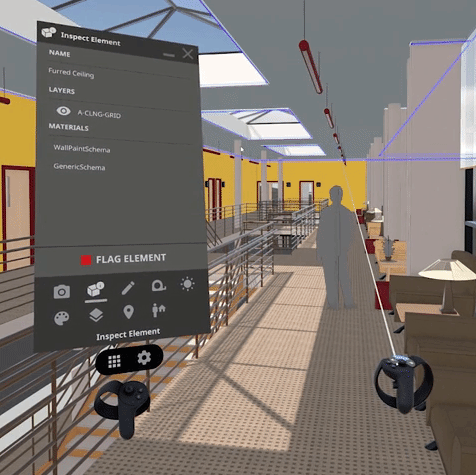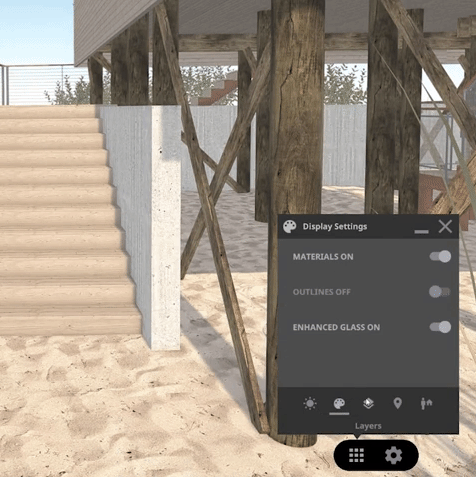Prospect VR viewing platform
- rchote
- Aug 2, 2018
- 2 min read
Prospect is a VR viewing platform which is compatible with CAD modelling softwares such as Revit and Sketch up. The platform allows people to walk through the models they have designed and pick out flaws and make iterations before the construction process, this software is very useful for visual learners as they can assess the building as they would more similarly experience it in real life. The software also includes a ADI which helps the user to navigate the model, view it from different scales and look at the materials used in the model. Through the experience the user can change materials in the model. This is a element of Prospect that I find the most interesting, as this experience allows the viewer to see the virtual change within the space and assess the materials visually similar to a real life experience without any waste of materials.

The navigation tool works as a workbook to access different materials and layers of the design.
At the current moment I think that the material analysis is informed by the Revit model and the data that the models are encoded with in Revit. However the information of these materials are basic and do not include external information such as where the material is sourced from or the environment cost of the product.
The branding for prospect has a similar visual quality to my proposal document and I am interested in what these visuals say about the experience of using prospect. I like the shapes of the marketing which remind me of the CAD modelling. The circles also remind me of an environment and are engrained with symbolism of the earths form and viewing points.

PRODUCT USER EXPERIENCE:
When using prospect I found it difficult to navigate around the space because you have to select a flat plain to transport to it. I found that it was difficult to change the scale of your viewing point. This could have been due to my lack of knowledge on how to use the platform. I also found that the tools were more geared towards viewing architectural models an collaborative design, however the material analysis only had a small input into the softwares ethos. If I was to create a platform or exemplar a platform similar I would like to focus more acute on the moment where the material was changed and the response of the environment when this change happens. Looking further at this platform I will try to find information about how the software was build and how they in particular got the materials to changed and developed a material library with in the model.








Comments